Table of Contents
- Introduction
- What Is AVB (Already Vaped Bud)?
- Is AVB Still Potent?
- How to Store AVB Properly
- Water Curing AVB for Better Taste
- Make Edibles With AVB
- Capsules & Microdosing
- Tinctures & Alcohol Extracts
- AVB for Topical Use
- AVB Tea: A Gentle Alternative
- Can You Smoke or Vape AVB Again?
- Can You Press Rosin From AVB?
- Do You Need to Decarb AVB?
- Dosing and Safety Considerations
- Conclusion
- About the Author
Introduction
If you’re using a dry herb vaporizer and tossing out your spent herb after each session — stop right there. That leftover material, known as AVB (Already Vaped Bud), may look like it’s been used up, but it still holds real potential. Whether you’re a connoisseur or just getting started, knowing what to do with your AVB can help you stretch your stash, experiment with new forms of consumption, and reduce waste.
This guide covers everything: what AVB is, how potent it really is, how to store it, and more than a dozen creative ways to reuse it — from edibles and topicals to teas and tinctures. If you care about efficiency, sustainability, or budget-conscious herbal use, AVB deserves a second look.
What Is AVB (Already Vaped Bud)?
AVB is short for Already Vaped Bud — the material that remains in your vaporizer’s chamber after a session. Unlike ash from smoking, AVB hasn’t been burned, just heated. During vaporization, cannabinoids and terpenes are extracted at specific temperatures, but even at higher temps, your device won’t extract everything.
AVB is typically dry and brown (light to dark), with a roasted or nutty aroma. Its exact color depends on your temperature settings, session length, and vaporizer type. Conduction vaporizers often leave darker AVB, while convection and hybrid models tend to preserve more active compounds in lighter-colored AVB.
Is AVB Still Potent?
Yes — while it’s not as strong as fresh bud, AVB still contains a significant percentage of cannabinoids. Depending on how you vape, AVB may retain 5% to 30% of its original THC content. Devices like the Vapman Click and Lotus Vaporizer, which allow for precise manual control, often leave behind more usable material, especially when vaporized at lower temperatures.
AVB is especially rich in minor cannabinoids like CBN (cannabinol), which forms as THC degrades. CBN is known for its sedative properties, making AVB particularly well-suited for evening use and sleep-supporting edibles or teas.
How to Store AVB Properly
Once your session is done and your chamber is cool, gently empty the AVB into a clean container. Make sure it’s fully dry before storing to prevent mold or bacterial growth.
- Use an airtight glass jar with a secure lid
- Store in a cool, dark, dry place
- Label your jars if you’re experimenting with different temps or strains
Unlike fresh bud, AVB is already decarbed (more on that below), which means it’s ready for direct consumption, infusion, or extraction.
Water Curing AVB for Better Taste
AVB can have a bitter or grassy flavor due to the breakdown of terpenes. To improve its taste and remove unwanted water-soluble compounds, consider water curing:
- Place your AVB in a cheesecloth or tea strainer
- Submerge in a bowl of room-temperature water
- Soak for 3–7 days, changing the water 1–2 times daily
- Dry thoroughly in the oven at 100°C (212°F) for about an hour
This process won’t reduce cannabinoid content but will significantly improve flavor and make your edibles more enjoyable.
Make Edibles With AVB
One of the most popular uses for AVB is in edibles. Because the cannabinoids have already been activated by heat, you can skip the decarbing process and move straight into infusions or direct mixing.
Direct Use
- Sprinkle AVB on toast with peanut butter
- Stir into oatmeal or yogurt
- Mix into sauces, pesto, or guacamole
Infused Butter or Oil
For a stronger and more even effect, infuse AVB into a fat source like coconut oil or butter. Here’s a basic stovetop method:
- Use 1 cup of oil/butter to 14–28 grams of AVB (adjust as needed)
- Simmer gently on low heat (not boiling) for 2–3 hours
- Stir occasionally and do not let it smoke
- Strain through cheesecloth and store in a sealed jar in the fridge
Use this AVB-infused oil in any recipe that calls for fat — cookies, brownies, salad dressings, or even pasta.
Capsules & Microdosing
AVB is perfect for microdosing, and capsules offer a clean, easy, and odorless way to consume it. Simply fill size 00 or 0 vegetarian capsules with ground AVB and store them in a dry container.
This method is especially useful for medicinal users who want predictable, long-lasting effects without the high of fresh bud. For a complete guide, check out our post: Embracing Minimalism: The Art of Microdosing with Vapman.
Tinctures & Alcohol Extracts
AVB can be soaked in high-proof alcohol (like Everclear or 95% ethanol) to make a homemade tincture. This extract can be taken sublingually or added to drinks and recipes.
Basic method:
- Combine 1g AVB with 30ml alcohol
- Seal the mixture in a dark jar and shake daily
- Let sit for 2–4 weeks
- Strain through coffee filter into dropper bottles
Use with caution — effects may be delayed but strong. Store in a cool, dark place.
AVB for Topical Use
Even if you’re not consuming AVB internally, you can still put it to use. Infuse it into coconut oil or shea butter and apply topically for relief from muscle soreness, joint pain, or inflammation.
While cannabinoids don’t penetrate the bloodstream well through the skin, topical application offers localized benefits and is often enhanced with added essential oils like lavender or eucalyptus.
AVB Tea: A Gentle Alternative
AVB tea offers a mellow, relaxing experience — especially when combined with herbs like chamomile, lemon balm, or peppermint. Because cannabinoids are fat-soluble, you’ll need to include a fat source to make it effective.
Recipe:
- 1 tsp AVB
- 1 tbsp coconut milk or full-fat dairy
- 1 cup hot water
- Optional: chamomile, honey, ginger
Steep for 20 minutes, strain, and sip slowly. Effects may take up to an hour to appear.
Can You Smoke or Vape AVB Again?
Technically, yes. Practically? Not worth it. Re-vaping AVB delivers little flavor or potency and may irritate the throat. It’s also easy to accidentally combust it, turning your device into a mini oven for charred disappointment.
If you insist on trying, use it as a filler mixed with fresh flower — but expect a flat, dry taste. For most users, AVB is far more effective when eaten or extracted.
Can You Press Rosin From AVB?
Some users experiment with pressing AVB in a rosin press, but the yield is extremely low, and the extract often contains burnt-tasting lipids and plant matter. If you do try, use a lower heat setting and be prepared for minimal returns.
AVB simply isn’t ideal for rosin. Save your press for high-quality flower or kief instead.
Do You Need to Decarb AVB?
No decarbing is necessary for most AVB. Because vaporization already heats cannabis to temperatures that activate THC and CBD, the cannabinoids are already bioavailable. This is one of the biggest advantages of working with AVB — it’s immediately edible.
The only exception is if you always vape at low temperatures (under 160°C). In that case, some THCA may remain. You can decarb lightly in the oven at 115°C (240°F) for 30–40 minutes just to be sure.
Dosing and Safety Considerations
Because AVB potency varies, it’s important to start small. A typical edible dose might range from 0.25g to 1g of AVB. If you’re new to AVB, begin with 0.25–0.5g and wait 1–2 hours before taking more.
Tips:
- Always consume AVB with fat for better absorption
- Keep AVB away from moisture to prevent mold
- Do not overconsume — effects may be delayed but long-lasting
Used mindfully, AVB can be a powerful ally in herbal wellness.
Conclusion
Already Vaped Bud isn’t trash — it’s treasure. If you’re vaporizing regularly and discarding your AVB, you’re missing out on a versatile, effective, and sustainable way to extend the benefits of your herbs. From relaxing teas and edibles to discreet capsules and nourishing topicals, the possibilities are wide open.
Devices like the Vapman Click and Lotus Kit make it easier to extract clean, potent AVB that’s ideal for second-use applications. So before you empty that chamber into the bin — ask yourself: what more can I do with this?
About the Author

Author: Michael Mussner, Founder of INHALE Vaporizers
Michael is a passionate vaporizer designer and entrepreneur from South Tyrol, driven by craftsmanship, sustainability, and the mindful use of natural herbs. With a background in product innovation and a love for analog technology, he founded INHALE to revive flame-powered vaporizers like the Vapman and Lotus. Every product he creates is deeply rooted in authenticity, simplicity, and a respect for nature.
Questions? Contact us here or email support@nowinhale.com.



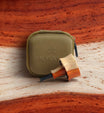

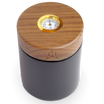
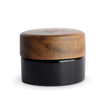


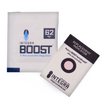


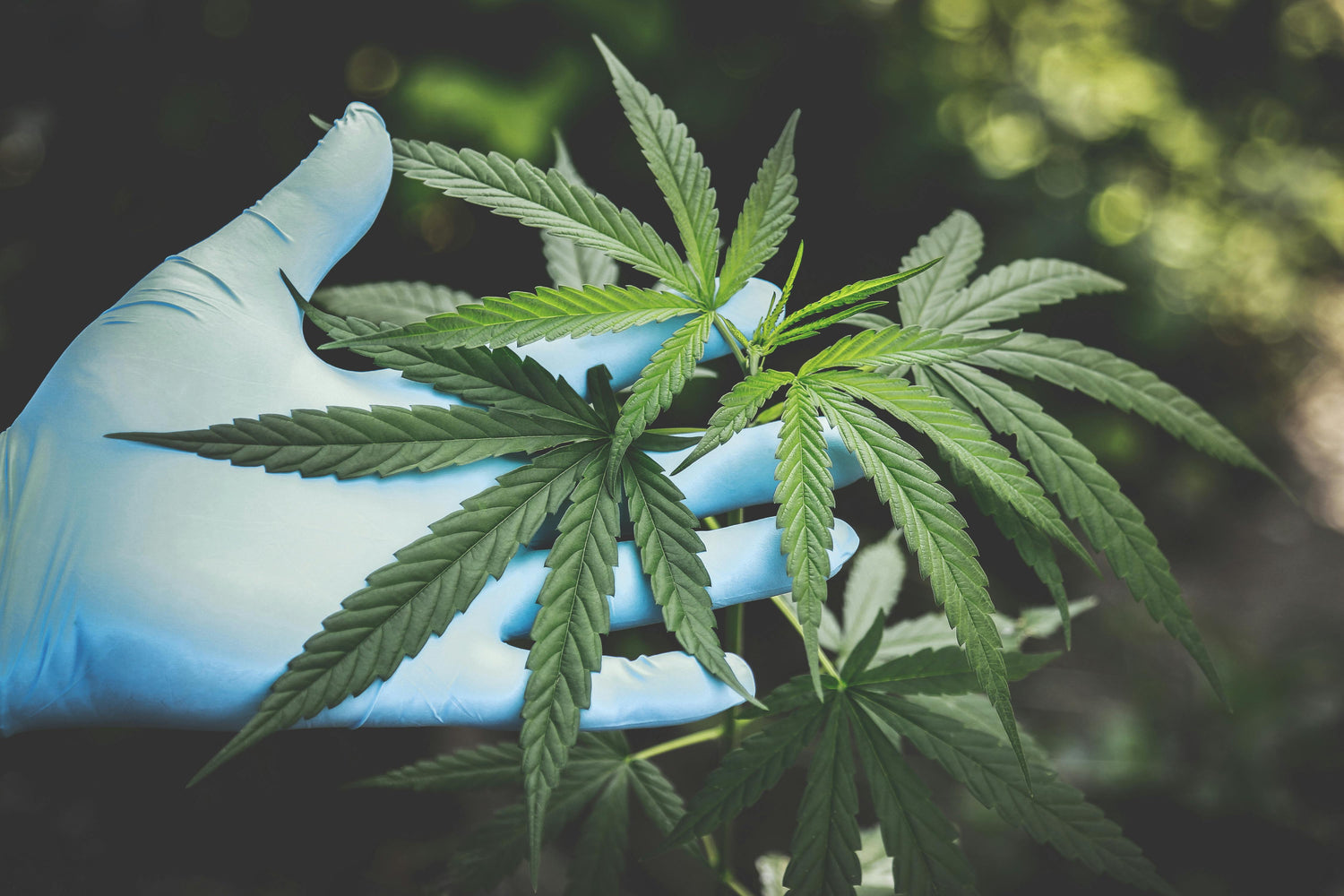




Leave a comment
All comments are moderated before being published.
This site is protected by hCaptcha and the hCaptcha Privacy Policy and Terms of Service apply.